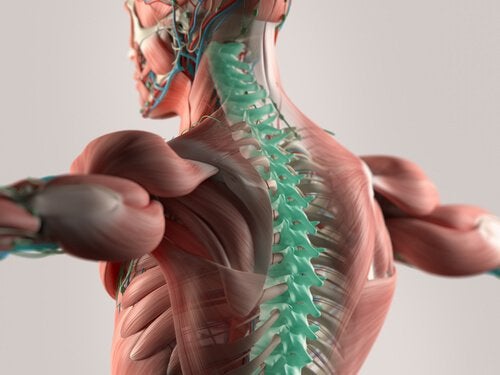Cerebrospinal fluid (CSF), or cerebrospinal fluid, is one of the main fluids in the human body and has the main function of protecting brain tissue and spinal cord, so it acts as a buffer against the impacts of the central nervous system and the central nervous system. skull, or surrounding bones Under normal conditions, CSF adds a volume between 100 and 150 ml.
It is transparent and its chemical content is different from that of serum, but similar to that of blood plasma. It has the same consistency as water and consists mainly of H2O, minerals (sodium, potassium, calcium and chlorine), inorganic salts (phosphates) and vitamins (especially B complex). It also contains electrolytes, leukocytes, amino acids, choline and nucleic acid, among other components.
- The body has 4 fluid compartments.
- Which are divided into intracellular and extracellular.
- Approximately two-thirds of our body’s total water is intracellular or intravascular fluid.
- I.
- E.
- The liquid part of the cell cytoplasm.
- The rest is extracellular There are 3 fluids of the latter type:.
CSF circulates in subarachnoid space, cerebral ventricles and ependumario canal, let’s do it in stages:
Most CSF is created by blood plasma, in the choroid plexus of the cerebral ventricles; once synthesized, it passes to the lateral ventricles, located in both brain hemispheres, and then through the ventricular openings, to the third ventricle (located at the level of the diencephalus).
From there, it crosses the Sylvius aqueduct and flows into the fourth ventricle, which is triangular in shape and is located in the rhombencephalus, very close to the brainstem and cerebellum, once this path is completed, enters subarachnoid space through the holes called Magendie and Luschka and bathes the entire surface of the central nervous system.
Finally, it is reabsorbed into the venous breasts, in a passive process that does not require energy. Under normal conditions, CSF is reabsorbed very quickly, at almost the same rate that forms in the choroid plexus, making intracranial pressure always constant.
The CSF is renewed at a rate of approximately 6 to 7 times a day, and its average life cycle generally does not exceed 3 hours. When the pathways through which cerebrospinal fluid circulates are blocked, it builds up in a brain compartment and causes hydrocephalus. The immediate consequence is an increase in intracranial pressure.
Cerebrospinal fluid is one of our body’s bodily fluids and its functions are varied:
As we see, CRL is essential for the maintenance and preservation of the central nervous system, so small changes in density or quantity can have serious consequences on brain function.

